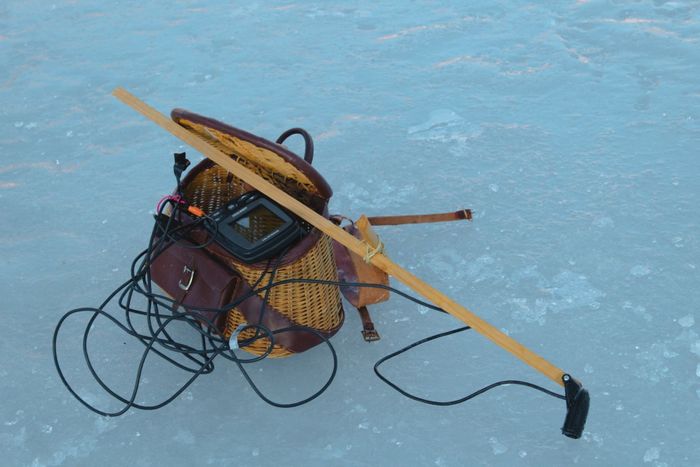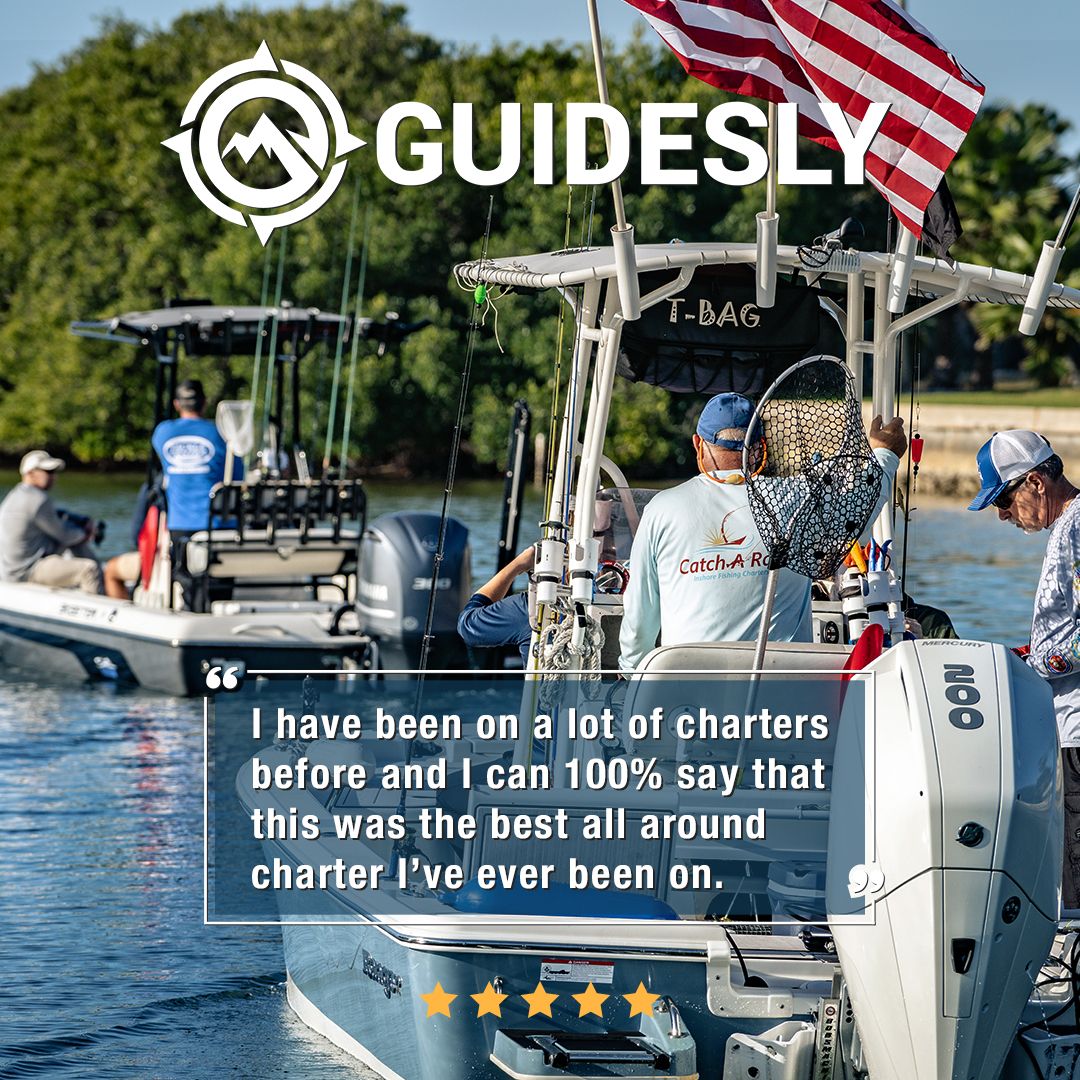Ice Fishing: 10 Safety Tips
Ice fishing is a unique experience. Check out 10 tips in order to be fully prepared.

What makes fishing different from any other sport is its unpredictability. Unlike basketball or soccer, where most games are held in a mostly controlled environment, fishing in both back freshwaters or out in the sea brings many anglers at the mercy of mother nature. The unpredictability of this sport is definitely one of the reasons why it’s so popular. This does, however, come at a cost. While out and about many things can happen, oftentimes out of our control. This is why licenses and other precautions are mandated by the government as a means to protect fishermen from unwanted elements.
Safety should always be the biggest priority for many anglers across the United States, and even for those around the world. This is more so apparent when going out for ice fishing. In general, when fishing during winter, more steps are needed to be taken in order to keep safe. Winter in the north, especially where most anglers go for ice fishing, is one of the harshest conditions found throughout the year. In fact, the U.S. Coast Guard reports that more fishing-related accidents occur in winter, more than any other time of the year. So when going for an ice-fishing trip, it’s best to be prepared for any situation that may come.
Tips and Precautions for Your Next Ice-fishing Trip
1. Use Layers Upon Layers
The biggest enemy for any wintertime angler is definitely the cold. Anglers should never underestimate the effects of not just colder temperatures but also the weather. It’s best to dress up in multiple layers of clothing, to minimize chances of life-threatening conditions such as hypothermia or frostbite. Be sure to pick the right type of clothing as well such as wool, instead of the standard cotton-based clothes. It’s definitely better to overdress instead of not having enough. It’s easier to take off a jacket or two instead of coming up short and feeling the cold.

2. Bring on the Heat (-ing pads)
Besides keeping warm through clothing, there are other ways to keep your temperature up. Be sure to buy heating pads and apply them where necessary. As they don’t last forever, it’s good to stock up on a couple more than you think you would need just in case of emergencies. There are also many portable heaters in different sizes that can be brought to the trip. Lastly, bringing a lighter is also advisable, in case of emergencies.
3. Check the Ice Thickness
When out ice fishing, it’s easy to assume that most areas on the lake can be traversed. That isn’t the case at all as ice does not freeze evenly most of the time. There will be areas where the ice is thin and can be prone to breaking. Anything 2 inches or less should not be stood on. Other than checking for the thickness, anglers should always be careful regardless of how stable the ice may seem.
4. Bring Rope and Other Rescue Equipment
These ones will probably be used, only in the worst-case scenario, if ever an angler falls into the water. Obviously, the first step is not to panic. The longer an angler stays in the water, the easier it is to get hypothermia. Calmly holding on to rope or using ice picks or claws that will give a tighter grip on the ice will help you get out of the water much faster.
5. Wear Waterproof Clothing
In line with the chance of slipping into the water, a good countermeasure for the cold water is wearing waterproof clothes. Many of these types of clothing can be found in outdoor recreational shops, but can be a little bit expensive. There are, however, waterproofing sprays that can be bought online or in most stores. This countermeasure isn’t really for when an angler is in the water but for when he gets out. Wet clothes are a big issue as it renders all the layers of clothing useless. Investing in some waterproof clothing will help out in the long run.
6. Wear a Life Jacket
In line with keeping safe even in the worst situation, bringing something that can keep you afloat will get you out of the water much faster. Most anglers out ice fishing probably won’t be using these, but it’s a good thing to have in consideration. This is especially the case when out in the deeper parts of the lake. It does not even have to specifically be a life jacket. Anything a friend can toss to you in an emergency, that can help you keep afloat will come in handy.
7. Never Go Alone

Though a lot of America’s best ice fishing spots are visited by many people throughout winter, it’s still important to bring a friend, experienced or otherwise, along with you. Having company on an ice fishing trip is important in that someone will immediately be in the vicinity in case an emergency happens. All the floatation devices and ropes will be for nothing if no one hands them to you. At the very least, having a friend gives you a second opinion when going around the area to fish.

8. Let People Know Where You Are
In modern day, communication is never a problem. Cell phones these days can be used in the toughest conditions. Despite coming with a friend or being surrounded by other anglers, it’s best to let other people such as family or a colleague know your whereabouts and how to be contacted. This is especially in the case of a long trip. Checking in on your loved ones from time to time is a good thing to do and keeps the other party informed.
9. Bring Food and Water
During any fishing trip, it’s always a given to bring food and water, regardless of how much time you spend on the water. Fishing is surprisingly both a mentally and physically exhausting sport. When ice fishing it gets even more tiring as anglers will find themselves walking around the area searching for fish underneath. With all that energy being expended, keeping your energy up by having something to eat is a must. Another thing that often gets overlooked regardless of being on a fishing trip or not is drinking water regularly. It’s easy to forget but dehydration is a real thing. Be sure to bring enough water for the trip.
10. Know When to Call It a Day
The weather won’t always agree with you. There may be times where anglers can toughen out mildly strong winds, but past a certain point can be quite dangerous. A wise angler is someone that shows proper judgment when faced with bad weather. Being able to cut a well-prepared trip in anticipation of poor weather is hard but necessary.
Have Fun But Be Safe
All in all the most important thing for ice fishing anglers is preparation. It’s always good to double check all the equipment before heading out as well as having back-up plans in case something happens. For the most part, a day will go by without any accidents; however, preparing for anything that may happen is a good practice. Any angler that can prepare well against the elements is sure to enjoy a fishing trip one can only experience during this short time of the year.




